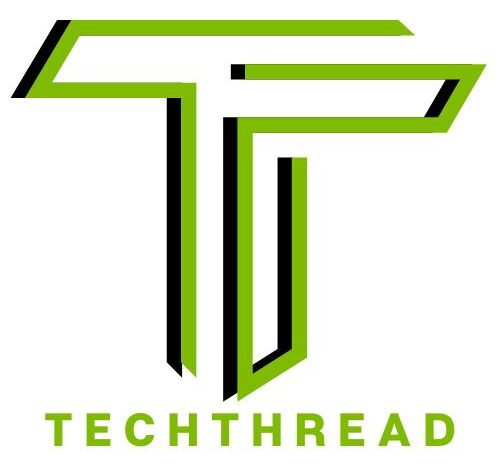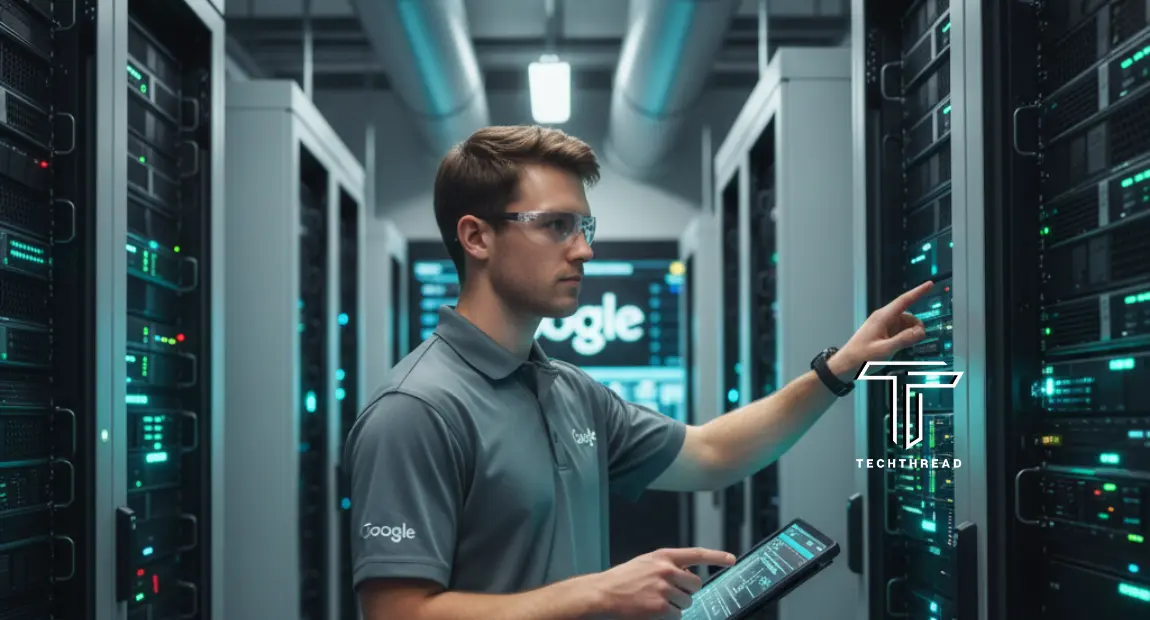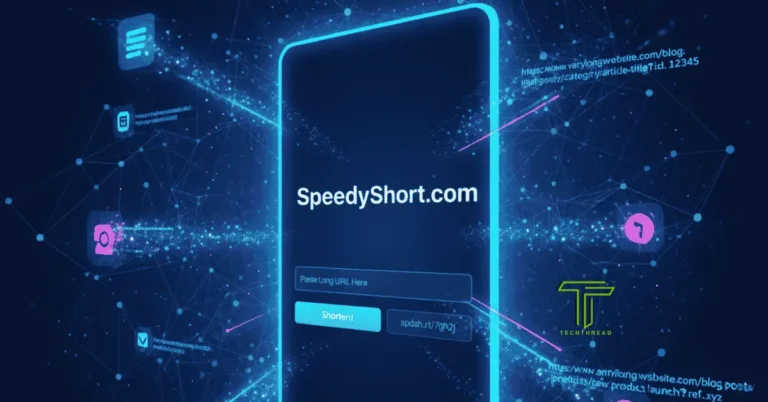Inside the World of Data Centers: How Chase Laing Keeps Google Running 24/7
Every time you open an app, stream a movie, or send an email, you rely on servers that never rest. Behind every smooth search and fast load time are massive data centers packed with machines working nonstop. Keeping those systems alive is a big job and that’s where professionals like Chase Laing step in.
As a Data Center Facilities Operator at Google, Chase helps make sure that the backbone of the internet stays stable, cool, and safe. His story isn’t just about a job it’s a look at what it takes to power the digital world.
In this post, you’ll explore:
- How Chase built his career from the ground up
- What it’s really like to manage large-scale data centers
- Key lessons and best practices for students and newcomers
- How technology is shaping the future of data-center operations
Table of Contents
Meet Chase Laing: The Mind Behind Reliable Data Centers
Chase Laing works on the front lines of Google’s vast data-center network. His role blends technical knowledge, quick thinking, and precision. Each day, he monitors power, cooling, and security systems to ensure uninterrupted service for millions of users worldwide.
When you search on Google or watch a YouTube video, it’s operators like Chase who make that seamless experience possible. He represents the new generation of engineers who connect hands-on mechanical work with cutting-edge digital infrastructure.
Learning the Basics: Chase Laing’s Early Path to Engineering
Every great career begins with curiosity. For Chase Laing, it was about understanding how systems work — from engines to electrical circuits. He studied topics such as mechanical design, power management, and electrical engineering, gaining the skills that later became vital in managing complex data-center systems. Unlike many who stick to theory, Chase gained hands-on experience early on.
He spent time troubleshooting real equipment and solving practical problems the kind that can’t be learned from textbooks. That real-world mindset became his greatest advantage once he entered the fast-paced world of data-center management.
Building Real-World Experience at Cummins Inc.
Before joining Google, Chase Laing honed his technical skills at Cummins Inc., a leader in power and energy technology. As a Field Service Technician, he worked on massive generators and power systems that support hospitals, factories, and other critical sites.
This experience taught him three key lessons:
- Be proactive. Prevent problems before they happen.
- Work under pressure. Quick decisions save time and money.
- Focus on sustainability. Efficient systems reduce waste and emissions.
At Cummins, Chase learned to balance reliability with energy conservation — an approach that later became central to his work at Google’s data centers.
From Engines to Servers: Chase Laing’s Move to Google
Transitioning from field service to Google’s global data-center team was a turning point. At Google, Chase applied everything he learned only now, the “machines” were thousands of servers connected through an intricate web of power and cooling systems.
He’s responsible for facility management, emergency response planning, and performance monitoring ensuring that each system runs at peak efficiency. Working at Google also deepened his involvement in sustainable technology, as the company pushes toward running all its operations on renewable energy.
Chase’s journey shows that growth doesn’t always mean changing industries sometimes, it means scaling your expertise to a global level.
Inside the Job: What a Data-Center Operator Really Does
So, what does a day in Chase Laing’s job look like? Here’s a closer look at the work that keeps Google’s digital backbone alive.
Power and Cooling Control
Chase monitors electrical systems and cooling units that keep servers from overheating. Data centers consume enormous energy, and keeping temperatures balanced is one of the toughest challenges.
Efficiency Management
He studies performance data to spot waste and optimize system performance. Each adjustment helps reduce both cost and environmental impact.
Safety and Compliance
Strict safety standards are essential. From electrical checks to fire-suppression systems, Chase ensures every rule is followed.
Preventive Maintenance
Routine maintenance helps avoid costly breakdowns. His team inspects, cleans, and replaces parts before they fail.
Collaboration with Engineers
Chase works side-by-side with design and automation engineers to test new systems and improve reliability.
His job may sound mechanical, but it’s also strategic every decision impacts the uptime of Google’s global network.
Tough Challenges Behind Smooth Operations
Running data centers may seem like a behind-the-scenes job, but the challenges are constant. According to professionals like Chase Laing, these are the biggest:
1. Energy vs. Performance
Cooling massive rooms full of servers consumes huge power. The goal is to keep systems cool without wasting electricity a balancing act between cost and sustainability.
2. Equipment Lifespan
Servers and cooling systems run nonstop, which means wear and tear are inevitable. Predictive maintenance, powered by data analytics, is the new standard for preventing failures.
3. Environmental Responsibility
Companies like Google aim to reduce their carbon footprint. Chase’s work supports green data-center initiatives that focus on energy reuse and renewable sources.
The next time a video loads instantly or a search takes milliseconds, remember — people like Chase make that reliability possible through long hours of technical precision.
Smart Habits for Data-Center Success
Based on years of experience, Chase Laing has developed a set of best practices that anyone in operations or engineering can follow:
- Act Early, Not Late
Preventive work saves time and money. Schedule checks before systems fail. - Use Data Wisely
Dashboards and sensors don’t just show numbers — they reveal trends that help predict issues. - Follow Every Safety Step
Safety isn’t optional. One small mistake can take a system offline. - Stay Connected
Good communication between teams keeps operations smooth during critical moments. - Keep Learning
From automation to energy management, staying curious keeps you valuable in a changing field.
These habits build a culture of reliability — one where every action supports uptime and user trust.
How Technology Is Changing Data-Center Management
The future of data centers is arriving fast, and experts like Chase Laing are part of that shift. Here’s what’s changing:
- AI-Driven Operations: Artificial intelligence tools now predict faults, optimize cooling, and suggest maintenance schedules automatically.
- Clean Power Integration: Solar, wind, and hydro power are replacing traditional sources. Google already runs many centers on renewables.
- Edge Computing Expansion: Smaller regional centers are appearing closer to users to cut delay and boost performance.
- Sustainable Infrastructure: New cooling technologies recycle heat and save water, reducing environmental impact.
- Cross-Skill Demand: The next generation of operators will need both mechanical and digital skills to manage smart systems.
These advances make the field more efficient and exciting, offering endless opportunities for people entering tech today.
Lessons from Chase Laing’s Career for New Professionals
For students and beginners, Chase Laing’s journey is full of lessons you can apply:
- Start Small, Think Big: Learn with real tools and equipment; practical skills open doors.
- Understand the System: Know how power, cooling, and data all connect.
- Be Reliable: When others depend on you, consistency matters more than perfection.
- Respect the Environment: Efficiency and sustainability go hand-in-hand with good engineering.
- Stay Adaptable: Technology evolves quickly. Keep learning and growing with it.
These ideas show that success isn’t just about technical skill. It’s about mindset caring enough to make every system work better than before.
Looking Ahead: The Future Role of Operators Like Chase Laing
The need for skilled data-center professionals keeps growing. According to recent industry studies, the world will need thousands more facilities operators and technicians each year. As automation expands, human judgment remains essential especially in critical systems where even a second of downtime costs millions.
Chase Laing’s work proves that people who combine mechanical knowledge, digital awareness, and teamwork will shape the next era of technology. If you’re planning your career, data-center operations could be the perfect blend of hands-on work, innovation, and stability.
Final Thoughts: Keeping the Digital World Alive
From servicing power systems at Cummins Inc. to ensuring uptime at Google, Chase Laing shows how steady effort and curiosity can turn into a high-impact career. He represents a generation of professionals who keep our online world alive — one system, one circuit, and one solution at a time.
If you’re drawn to technology but not sure where to start, look beyond the code. The people who maintain, monitor, and improve the systems behind the internet are just as vital to the digital future.
Frequently Asked Questions
Who is Chase Laing?
Chase Laing is a Data Center Facilities Operator at Google responsible for managing power, cooling, and safety systems that keep Google’s global servers online.
What does he do at Google?
He oversees critical infrastructure, handles preventive maintenance, and ensures continuous uptime through energy-efficient operations.
What skills does he use daily?
Mechanical and electrical knowledge, data analysis, safety management, and teamwork form the core of his skill set.
Why is his role important?
Without professionals like Chase, online services could face outages and slowdowns. His work helps ensure seamless digital access for billions of users.
How can students follow his path?
Focus on practical training in electrical systems, HVAC, or power technology. Combine technical education with curiosity about how technology and sustainability connect.
Also Read: 4013HWBC Flip-Flop Guide: How to Configure, Wire, and Use It Effectively







